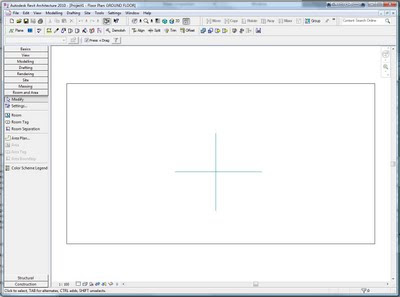Revit is a very acceptable OOTB (out of the box) tool. If you are using Revit OOTB, there are really only two variables that determine your productivity. Assuming you have zero customised content, these variables are:
- your own skill and ability
- the performance of your computer
We are all working to try and keep our skills on the cutting edge. But is your hardware keeping up its end of the bargain? Our company made a significant investment into some middle to top-of-the-line workstations a few months ago, for which I am very grateful. If you are looking to purchase a new system, or upgrade an existing one, you should definitely review the
Model Performance Technical Note (you may have accessed this via Subscription, but this is a direct link to the PDF).
The following AUGI forum links may also be of assistance to you:
Revit 2010 – Graphics Cards that work (and those that don’t)
Happy with your hardware?
Video card D3D compatibility – Revit 2010 on Vista / Win7
Revit Running on Intel Mac
Non-Mac hardware benchmarks using the 2009 benchmark journal
Rendering speed in Windows 7 64 & Revit 2010 64bit
Feel free to comment if you have any thoughts or recommendations.

